
“Kolochava is a unique village in Transcarpathia, situated in the picturesque Tereblia valley. Beautiful mountain scenery, clean air, mineral water, and the hospitality of local residents will make your stay pleasant and unforgettable. In addition, Kolochava is a village of ten museums, so you have the opportunity to get an aesthetic delight from staying in this truly magical Ukrainian village. Welcome to the hospitable land called Kolochava!” This information I got in some advertising booklet given to me by one of my friends.
This was the beginning of my acquaintance with the miraculous village. The tour of Transcarpathia, in my head, represented regional cities and a couple of castles in the region. What was my surprise when I saw the list of villages where we plan to stay!
After a week of traveling, returning home along the Kyiv – Chop highway, I thought a lot about it. About Kolochava…
The length from one end of the village to the other is 15 km. And this is with all the fabulous fields and vegetable gardens, snaky streams and picturesque pastures.
The history teacher, the only historian in the only local school, told me the story about it while walking through the village. Do you think I ordered a tour from him? No. He came to the hotel after seeing our car drive down the main street and park in the parking lot. I met him in the same parking lot.
“Good afternoon, are you visiting us?”
“Good afternoon. Yes.”
“Are you going to take a walk? I will tell you about Kolochava.”
The village consists of five ‘priselkovs’ or neighborhoods: Lazy, Hump, Bracelets, Biscuit, Mereshor. Through the village flow two rivers – Tereblya and its tributary Kalachowki.
The famous Czech writer Ivan Olbracht, who is loved by the villagers very much, wrote about Kolochava – “so long that it is not surprising if an inexperienced traveler, walking along the valley, past the houses … then past meadows and vegetable gardens, then again past houses, he begins to feel, depending on his character, either rage or stupid submission; for after a time, and after two, and after three passers-by answer him again and again that he is in Kolochava, in Kolochava-Bradolce, in Kolochava-Hump, in Kolochava-Lazakh.”
There are many legends about the origin of the name of the village. The most popular of them tells that the banks of the river that flows through the village were once very swampy. So when the first settlers moved forward, the water was collected in bast shoes and gave out specific sounds: “chomp-chomp”. That’s why the river was named Chawka. When the first residents were asked where they live, they were told: “Chomping Circle”. Over time, the name of the river was transformed into Kolochavki, and the picturesque village that it washed was called Kolochava.
Probably, the first people on the territory of Kolochava appeared before our era, as evidenced by the Kolochava center. In the course of time, in the dense forests and deep valleys between the mountains, the fugitives found shelter and liberation from serfdom for a while. Each settler built a hut with small windows, a clay floor, and a thatched or wooden roof. Later, around them, sons, daughters, and relatives built their own houses; farms grew and turned into large settlements.
Although the nature around the village has long been developed by man, there are still many untouched forests with rich flora and fauna. The mountains are covered with spruce and beech forests. In the woodland, hazelnuts give birth generously, in the meadows and in the woods – blackberries and blueberries, cranberries and raspberries, gooseberry and strawberries. These gifts of nature can be enjoyed while hiking through the mountains, meadows, and valleys. Which we did.
The history teacher looked around as he trod paths along the mountainsides. Looking for something or someone. And he found it. We saw a large deer and a sly fox. It turns out that the forests that densely surround Kolochava are inhabited by noble deer, brown bear, ROE deer, wild boar, wolf, fox, hare, and many others. Open zoo!
I spent a little more than a day in Kolochava. I climbed the slopes and got lost in time. I splashed in a mountain stream and soaked my shoes in it. I ate fresh gifts from the mountains. I saw how the only history teacher lives in the only school. I went for a ride, just asking for a horse from one of the residents. I looked at the old church, built without a single nail.
Kolochava does not have the usual cafes, shops, and even a bus. But there are hospitable people ready to set the table for you at any time. There is a grandmother Zina who sells milk, cottage cheese, and cream cheese. There is quick-at-the-draw ‘cowboy’ Stefan who will give you a ride in his “carriage” to any point in the village, even if it is not on the way.
While climbing a mountain road, leaving Tereblia valley, I suddenly remembered. I didn’t throw a coin! We stopped at the top of the mountain. And my ‘doubloon’ flew from the top into the depths of the valley spread out before me. Yeah. I plan to return. I want to go back because I left a part of my soul there…
Getting into the car, I looked back…how fascinating you are… friendly…fairy tale… hidden from prying eyes… Kolochava! If there is Shambhala in Tibet, there is Kolochava in Ukraine.



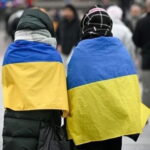
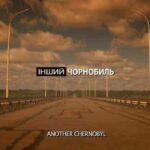

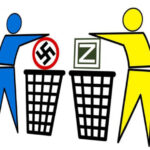






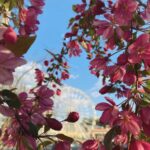



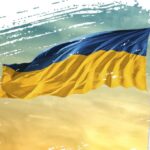








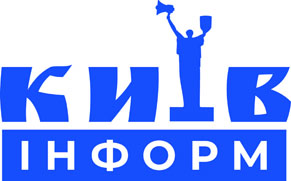


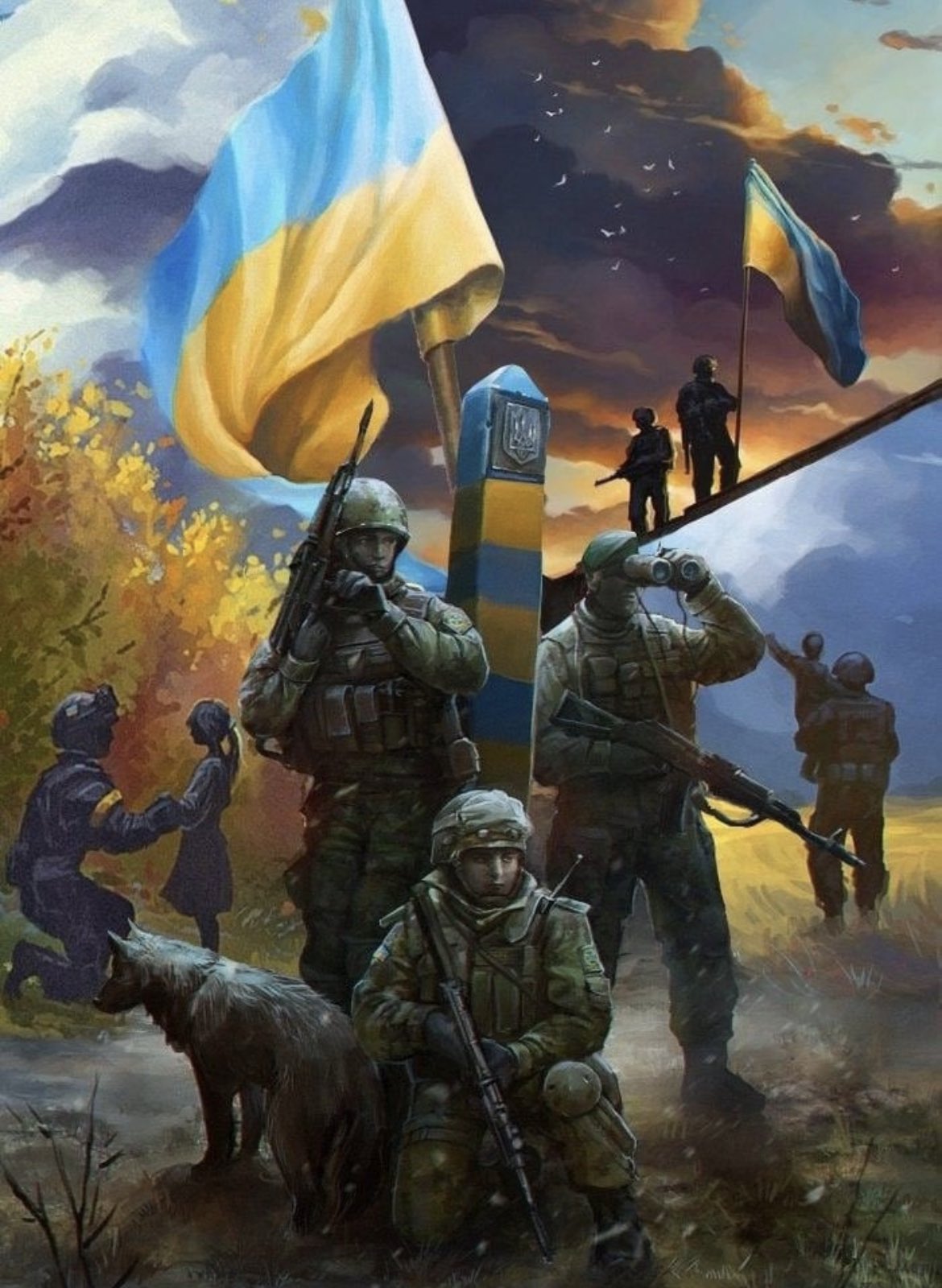


























Залишити відповідь